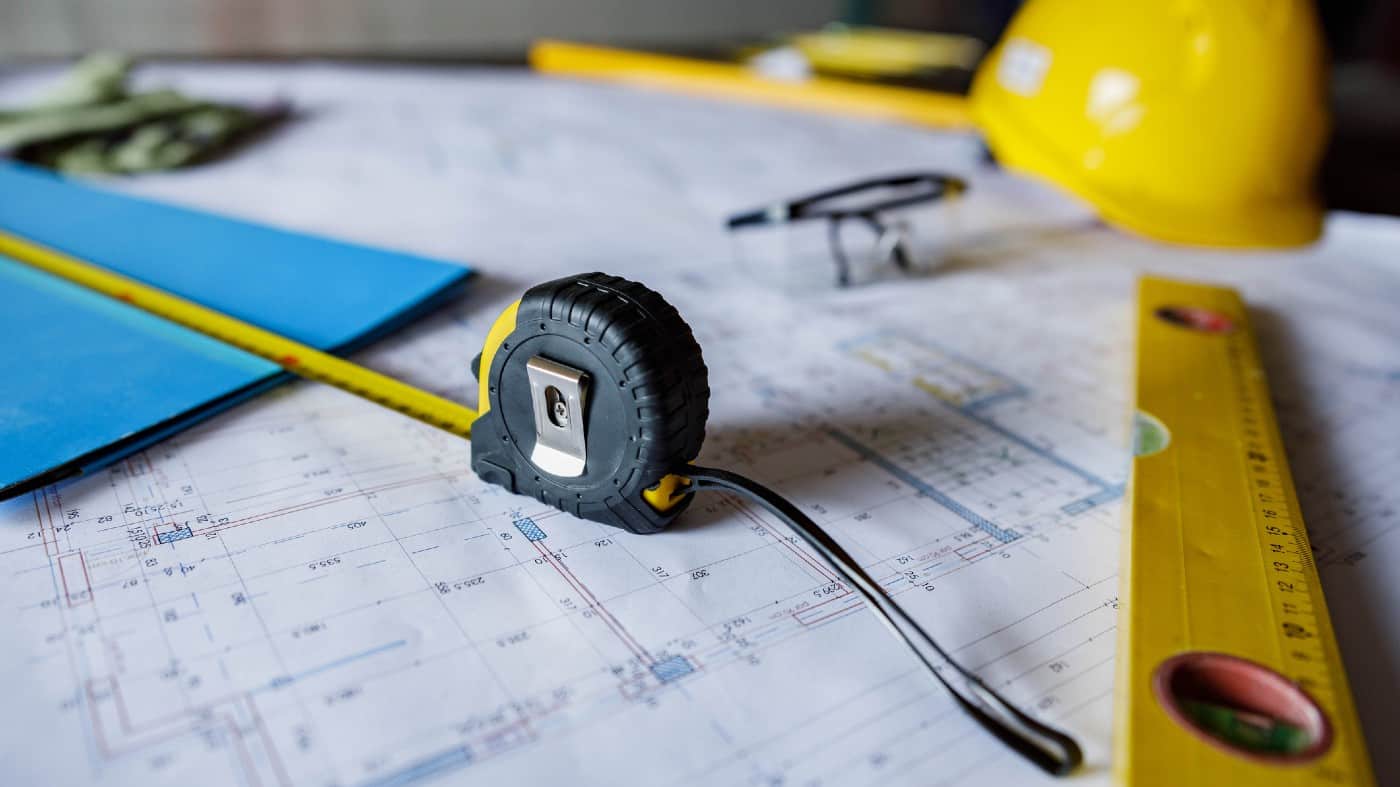The CRH (LSE: CRH) share price responded robustly to the Covid pandemic. It fell with the rest of the market, but then put in one of the FTSE 100‘s quickest recoveries. We’re looking at a 47% gain in five years. By contrast, the index has risen just 4%.
In the past 12 months, investors had an opportunity to buy at a more attractive valuation as the shares fell back a bit. But the price has recovered from its brief 2022 weakness now.
Even after such a solid performance, the global building materials business doesn’t look so highly valued. Forecasts indicate a price-to-earnings (P/E) ratio of around 12, which seems undemanding.
Should you invest £1,000 in Cranswick right now?
When investing expert Mark Rogers has a stock tip, it can pay to listen. After all, the flagship Motley Fool Share Advisor newsletter he has run for nearly a decade has provided thousands of paying members with top stock recommendations from the UK and US markets. And right now, Mark thinks there are 6 standout stocks that investors should consider buying. Want to see if Cranswick made the list?
Progressive dividend
There’s a dividend yield of 3%. That’s not the biggest, but it’s reasonable and progressive. And in recent years, it’s been strongly covered by earnings. Add it to the past five years of share price growth, and that’s a very profitable total return.
The company itself seems to see its shares as undervalued. It’s been buying them back since 2018, and in December announced the latest continuation. At the time, the total had reached $4.1bn, and CRH extended it by up to a further $300m by the end of March 2023.
Returning cash that way gives shareholders a balance between dividend cash and share price appreciation, which will hold different attractions for different investors.
Results
Full-year results are due on 2 March. If they live up to expectations, they should deliver. In a November update, chief executive Albert Manifold said “Looking ahead to the remainder of the year we expect to deliver full-year EBITDA of approximately $5.5 billion representing another year of progress for the group”.
That would be nicely ahead of the $5bn recorded in 2021, and it should come with an improving EBITDA margin.
In the first nine months, CRH invested $3bn in “solutions-focused acquisitions“. More recently, in December, the firm announced “CRH Ventures, its venture capital unit, which will support the development of new technologies and innovative solutions to meet the increasingly complex needs of customers and evolving trends in construction“.
Flexible
So, it’s a global company generating strong cash flow. Some of it goes towards a conservative dividend programme. Some goes to buy back shares. And some is for reinvesting in acquisitions and new technology. Is there anything I don’t like here?
Well, yes, I don’t like debt. The firm expects to be carrying net debt of around $5.2bn by year-end. That should represent a net debt/EBITDA multiple of only around 1 times, which doesn’t seem too stretching. But I can’t help thinking that some of the $4.1bn already used for share buybacks might have been better used for paying down a bit of it.
Economy
The other risk factor I see is the economy, and in particular the current squeeze on the housing and general construction business. Is there sufficient safety margin in the current valuation to handle any lengthy downturn? I’m not sure there is.
But I reckon investors looking for a combination of income and capital growth might benefit from doing some research here.








